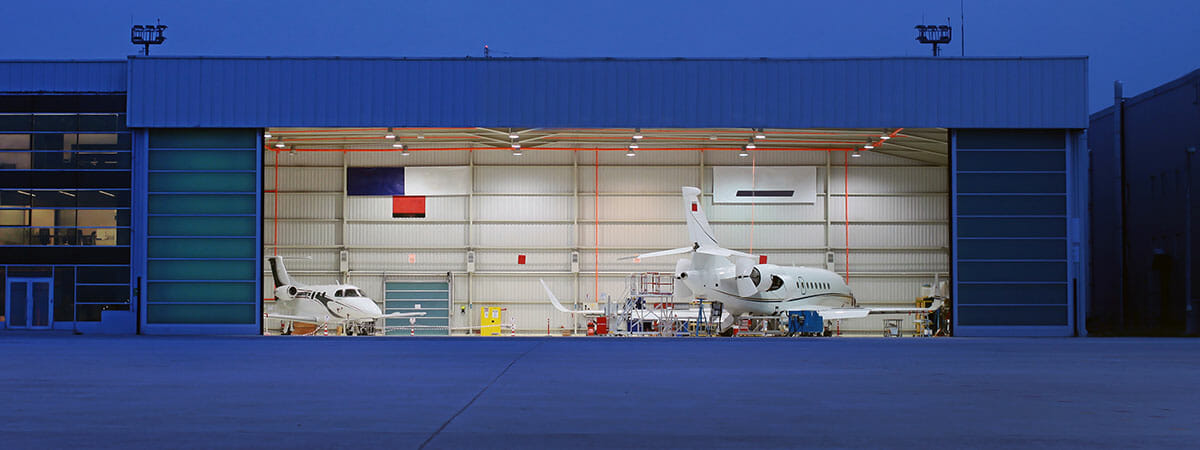Many complex changes are coming in the near future in the field of maintenance, repair and overhaul (MRO) in the aviation sector.
In the field of manufacturing parts or components, where composites prevail, things are being complicated by having to adhere to strict logistical, automation and performance requirements specific to the materials in question.
Assembling professionals from various disciplines with expert knowledge is essential to reliably tackle this type of project.
I will begin by defining a clean area as one where the control of suspended particles and the temperature and humidity of the environment is critical, and where complex manufacturing stations are housed that need special foundations to limit the tolerances of their movements to their corresponding ranges.
The challenges we face today range from creating new designs, to adapting obsolete or ageing clean areas by upgrading their associated HVAC and lighting systems to create a more sustainable environment that is suited to modern times.
In most cases, the production process involves a structural analysis and redesign, which is obviously driven by the aircraft programme and the types of parts, which are increasingly demanding in terms of their size, weight and volume. Having large lights and wide corridors is a fierce enemy of the cost variable. Nowadays, we have to create spaces above, overhead cranes, and below. The needs of AGVs are being increasingly prioritised in the plant automation process, a situation that forces us to make structural improvements.
The readaptation of spaces in existing warehouses entails not only a logistics study, which involves important factors such as machinery, materials, logistics consultancies and the perpetual odd-man-out in this party, engineering. Our experience indicates that collecting data beforehand that serves to properly identify the affected services, of both facilities and spaces, greatly conditions the possible solution.
We must not forget the boundary conditions required by the production process. How many times do we face solutions with the production chain booming and unable to stop? I think it’s 100%. The experience and knowledge of the aeronautical manufacturing process are essential here.
We have examples of all this in many finished projects, from work in clean areas, where the work is insulated using tents and ventilation, or by creating an isolated space with temporary enclosures, all of it thought out from the start of the design.
The complexity of the adaptations reaches its peak when a readaptation – with a change in the production process – and a new design – resulting from an extension of the readaptation processes – coincide in space and time.
Given these boundary conditions, and even if it sounds like a gibberish, which it is, it implies a detailed knowledge of the current status, knowing the flow of parts and materials, the condition of the facilities and the initial design conditions, which in the case of structures, foundations and slabs, is absolutely critical. This all creates the basis for us to – understanding and in keeping with the new needs of the programme – design the new requirements and supplement them with the changes in the current dependencies.
In this scenario, integrating all the facilities and keeping production unchanged becomes both imperative and complicated. On the one hand, specific on-site facilities such as pneumatic systems, compressed air and industrial electrical outlets, without which existing production facilities cannot continue, and, on the other hand, the installations typical of the warehouse and that provide general services such as HVAC, fire protection and lighting.
Those of us who have been in this field for many years know full well that to adapt to the new requirements, it is essential to combine efforts from multiple disciplines in the different fields of knowledge present in the company. Of special importance in this specific case are the Aeronautical Industry and the design of Systems for Industrial Construction.



